In the wee small hours of Jan. 14, 1970, the night she delivered her final performance as a member of the Supremes in front of a packed house at Las Vegas’ New Frontier Casino & Hotel, Diana Ross retired to the blackjack table to try her luck. The odds seemed stacked in Ross’ favor: following 11 years and 12 number-one Billboard pop hits as the impossibly glamorous focal point of the most commercially successful act in the Motown Records stable, the singer was poised to launch a solo career, and was already at work on her self-titled debut solo LP, a project spearheaded by the up-and-coming songwriting and production team of Nickolas Ashford and Valerie Simpson.
Sure enough, Ross drew blackjack on consecutive $200 wagers, raking in $800 (about $6,300 as of early 2024) within moments of taking her seat opposite the dealer. “An agent or manager shakes his head appreciatively at the show of nerve and luck,” Life magazine reported from the casino floor. “‘She may weigh 90 pounds, but she’s got a will of iron,’ one said.”
By the time Motown issued “Ain’t No Mountain High Enough” six months later, some onlookers questioned whether Ross’ luck was running out. The gospel-inspired message ballad “Reach Out and Touch (Somebody’s Hand),” her first solo single, stalled at number 20 on the Billboard Hot 100. Adding insult to injury, “Up the Ladder to the Roof,” the debut from the new-look Supremes — featuring lead vocals from Ross’ replacement, Jean Terrell — climbed to number 10 in Billboard following its Feb. 16 release, and fared even better on the U.K. and Canadian charts. When Ross returned to the Frontier stage as a solo act, ticket sales for her May 7 performance were so slow that Motown founder Berry Gordy Jr. paid Las Vegas Strip passersby $20 each to attend: “Good evening, everybody, and welcome to the ‘Let’s-see-if-Diana-Ross-can-do-it-by-herself’ show,” she quipped at several tour dates.
The July 16 release of “Ain’t No Mountain High Enough,” previously a hit for Motown labelmates Marvin Gaye and Tammi Terrell, would quiet those doubts for good. Ross’ opulent, operatic remake, which both channels and celebrates her indomitable spirit, soared to the top of the pop and R&B charts — the first of her six number-one solo singles.
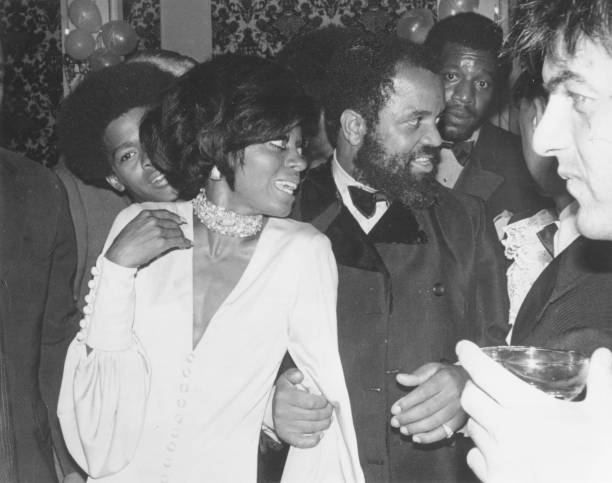
Ashford and Simpson authored “Ain’t No Mountain High Enough” shortly before joining the Motown songwriting staff in 1966. They met three years earlier at Harlem’s White Rock Baptist Church, where Simpson’s grandmother served as minister. “After the service, [Valerie] came over to me, and we got to know each other socially,” Ashford told Blues & Soul in 1982. “We talked about writing. I’d been writing gospel songs all my life. It was something I just loved to do. Eventually the group Valerie was singing with were invited to perform in this nightclub. They didn’t have enough material, so they contacted me and asked if I could write them some songs.” Ashford ultimately joined the group, the Followers, on a full-time basis; their residency at the short-lived West 46th St. nightspot Sweet Chariot piqued the interest of Roulette Records, which in September 1963 issued the vocal quintet’s sole LP Meetin’, highlighted by five Ashford originals. He and Simpson soon split from the Followers, and in early 1964 landed with the newly reactivated Glover label to record “I’ll Find You,” released under the moniker Valerie and Nick.
When their performing career fizzled, Ashford and Simpson shifted to writing, partnering with former Ikette Josephine Armstead (Ike Turner’s onetime sister-in-law) and signing to Flomar Music, the publishing arm of Florence Greenberg’s Scepter Records. The Ashford/Simpson/Armstead collaboration “Let’s Go Get Stoned,” first recorded in 1965 by the Coasters and subsequently covered by Ronnie Milsap, vaulted Ray Charles back to the top of the R&B charts in the summer of 1966, reigniting a career derailed by heroin addiction and a court-ordered rehab stint; the single’s success brought Ashford and Simpson to the attention of Berry Gordy, and after Charles continued his comeback with another Ashford/Simpson/Armstead co-write, the dance hit “I Don’t Need No Doctor,” Motown extended the duo a contract offer. “Ain’t No Mountain High Enough” helped seal the deal: British soul icon Dusty Springfield lobbied to record the song, but Ashford and Simpson declined. “We wanted to hold that back. We felt like that could be our entry to Motown,” Simpson told the Chicago Tribune in 2011. “Nick called it the ‘golden egg.'”
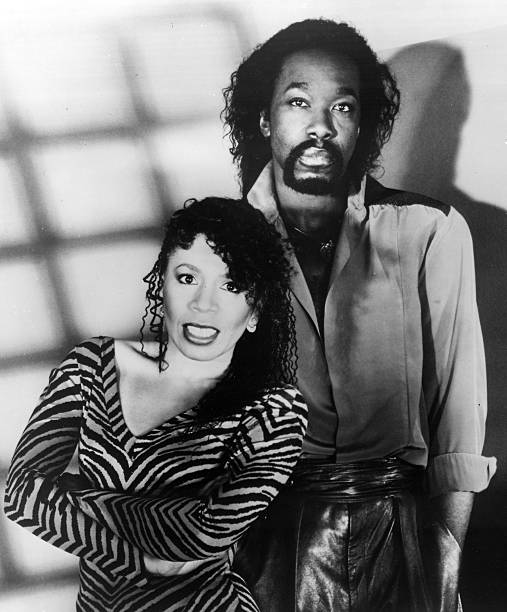
Tammi Terrell, the erstwhile James Brown backup singer still looking for her first Motown hit, was the first to record “Ain’t No Mountain High Enough,” cutting a solo version in early 1967 for producers Harvey Fuqua and Johnny Bristol. The tapes remained on the shelf until Motown went looking for a new duet partner for Marvin Gaye: Kim Weston, his counterpart on the infectious “It Takes Two,” left the label soon after the single’s December 1966 release, joining husband William “Mickey” Stevenson as he transitioned out of his songwriting and production duties at Motown for a new role at MGM. Following the addition of Gaye’s vocal track, Motown issued “Ain’t No Mountain High Enough” on Apr. 20, 1967. The recording peaked at number 19 on the Billboard Hot 100 and raced to number three on the R&B charts, setting in motion a series of sublimely sophisticated Gaye and Terrell duets including the Ashford and Simpson-penned “Ain’t Nothing Like the Real Thing” and “You’re All I Need to Get By.”
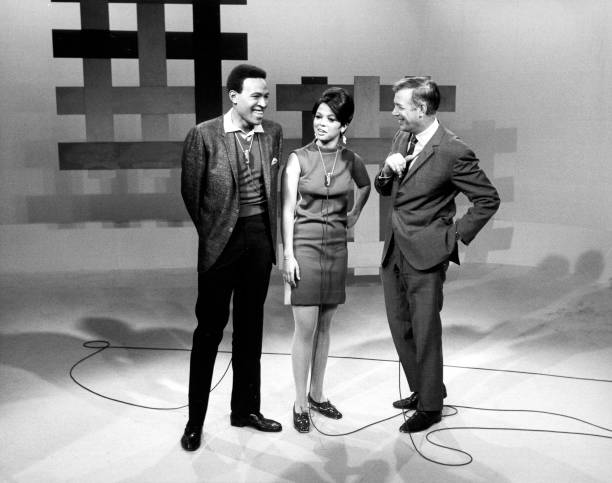
Diana Ross first recorded “Ain’t No Mountain High Enough” during sessions for the Motown LP Diana Ross and the Supremes Join the Temptations, a duets project mounted in conjunction with the label’s first television special, TCB, originally broadcast on NBC on Dec. 9, 1968. While this all-star version is faithful to the ebullient Gaye/Terrell hit, the “Ain’t No Mountain High Enough” Ross cut for her solo album is another matter altogether — a six-minute symphonic soul epic complete with heavenly-choir backing vocals and extended spoken-word passages, all seamlessly woven together by Paul Riser’s sequin-studded arrangement.
“Isaac Hayes had started doing all these long records that lasted six minutes instead of three. So everybody was getting on the bandwagon. And we wanted to get on it, too. So we said ‘What song could we stretch that could last that long?’” Ashford explained in an interview for The Complete Motown Singles Vol. 10: 1970. “I loved Diana Ross’ speaking voice. I thought she had a very sexy tone when she talked and when she sang. So we wrote extra lyrics, trying to stretch it out. And Val came up with these new chords. That was one of our best assignments, trying to get that song to where it is. And I think still today, her version just feels like a masterpiece to me.”
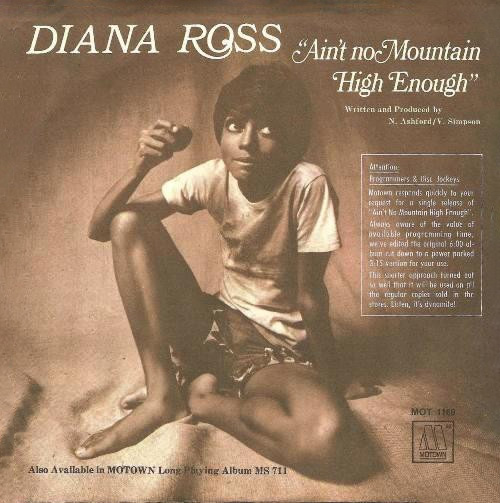
Berry Gordy did not share Ashford’s enthusiasm, and refused to release “Ain’t No Mountain High Enough” as a single unless Ashford and Simpson agreed to move the show-stopping chorus to the front of the song. The duo balked.
“[Gordy] didn’t like all that talking at the beginning,” Ashford told music journalist David Nathan in an interview conducted for the expanded 2002 edition of the Diana Ross album. “We thought it should have been the first single, but he held it back because we wouldn’t change it. Once the DJs started playing it, we knew we were right.” A single edit of “Ain’t No Mountain High Enough” running 3:32 finally materialized nearly a month after the album reached stores, and spent three consecutive weeks atop the Billboard singles chart (where it displaced another Motown classic, Edwin Starr’s “War”). Ross also received a Grammy nomination for Best Female Pop Vocal Performance.
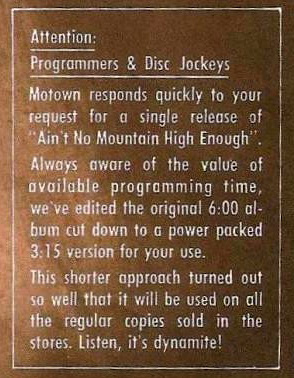
Valerie Simpson followed the success of “Ain’t No Mountain High Enough” by recording a solo LP, Exposed, released by Motown in 1971; the album was poorly promoted, and when her self-titled 1973 follow-up met the same fate, she and Ashford resigned from the label, leaving behind an unreleased duets collection. The couple wed in 1974, and from there they went on to write Chaka Khan’s 1978 debut solo single “I’m Every Woman” before topping the Billboard soul chart with 1984’s “Solid,” their biggest hit as headliners.
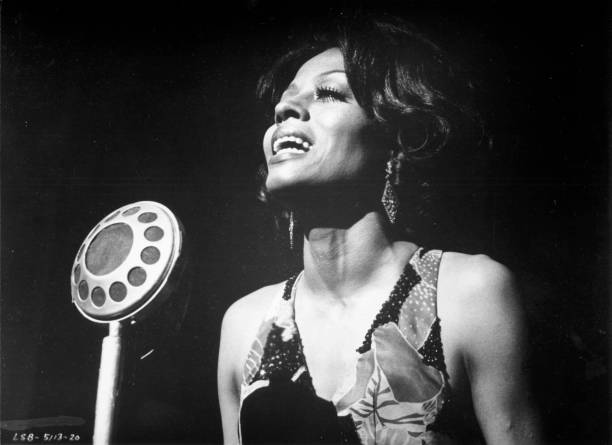
Ashford and Simpson were inducted into the Songwriters Hall of Fame in 2002. “The business was the first part of our relationship. We each had what the other needed and so, therefore, that was the basis for the relationship. The love came after,” Simpson said soon after Ashford’s 2011 death from throat cancer. “We loved what we did.”






